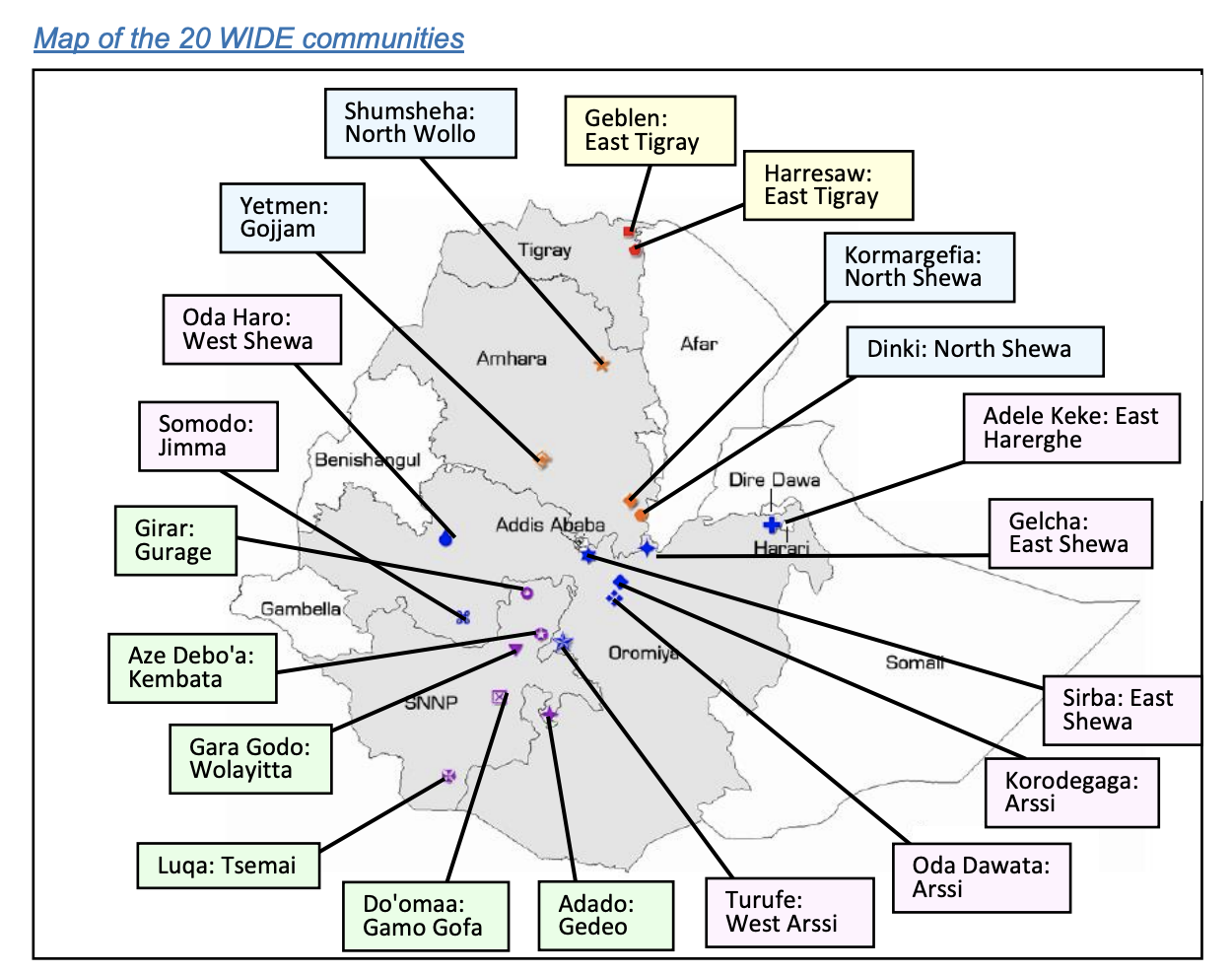NOTE: This was a book review that was published in 2020.
As a country with sustained levels of high macro-economic growth, Ethiopia has been suggested as amongst Africa's Lions (Bhorat and Tarp, 2016), an economic grouping envisioned as potentially following the Asian Tigers of Hong Kong, Singapore, South Korea and Taiwan. Macro-economic growth does not benefit everyone in the same way. Such narratives may not explore how growth can fail the poor (Shaffer, Kanbur and Sandbrook, 2019) or make invisible the processes of how exclusion occurs amidst growth. Di Nunzio presents detailed ethnographic description in The Act of Living to explore the complexities of development, for which the author draws upon nearly a decade of research in Arada, a subcity of Addis Ababa, Ethiopia. The richly contextualized life stories enable readers to understand the processes of exclusion and marginalization, which are often lost in statistics about winners and losers. What makes this book an engaging and unique read are the windows it offers into the worlds of those left behind as well as their constant grappling with, and cajoling of, possibility. In so doing, The Act of Living is a book about agency: decisions amidst deprivation, capacity to control within constraint, meaning within marginalization. The Act of Living is not a celebration of street life, but it is a recognition of how the tensions of 'history and becoming unfold as people's attempts to be something other than their constraints coexist with the experiences of being acted upon by marginality, subjugation, and oppression" (p. 27).
Di Nunzio brings us into worlds that are underrepresented and under researched. These are interconnected people and places, about which anecdote may be our main point of reference. Far too often their voices are silent and their perspectives misunderstood. In the context of praised economic growth and positive development, these life stories highlight glass ceilings, where marginal difference and raising inequality are the norm, while transformative change a rarity. As the author describes, growth and development are viewed differently from below: "Wealth, success, and, broadly, growth and development remain inexplicable, despicable, and unjust" (p. 218).
In this book, Di Nunzio deconstructs a common economic mantra: the need for inclusion for growth and development to benefit everyone. In the urban Ethiopian case, there are processes "of inclusion that deepened rather than challenged marginality," in brief, Di Nunzio demonstrates how "inclusion can marginalize" (p. 105). This occurs as the political apparatuses of support also acted as means of control. Continued participation as newfound members of government initiatives also meant political allegiance, which, the author argues, offered no "ways of achieving social mobility or even relative improvement" (p. 105). As a result, those being left behind in the development process had fewer spaces and opportunities to contest their positionality as members. From the streets of Arada in Addis Ababa, politics were viewed as fake, "actively producing narratives, discourses, and expectations of improvement and collective development that their own condition of marginality and oppression taught them to distrust" (p. 184)
The 'weight of place' and trajectories of life that Di Nunzio presents throughout are a welcome contextualization to expressions of social differentiation and the development of the urban landscape. The two main characters – Haile and Ibrahim – were born in the capital city, as children of migrants (p. 29). Albeit it briefly, in Chapter 1 readers learn of their deeper family histories, providing some insight into the potential intergenerational nature of marginalization. This is important because not all migrants to the center are the same; some arrive with resources and networks, some arrive with opportunities due to language and identity, and some arrive to encounter fear and suspicion. In these instances, personal and family history are not just a matter of economic class, but also of livelihoods, political affiliation, social class and status. Readers learn of other components of social differentiation, such as ethno-linguistic identity and religion. For example, Mesfin's dislike of Tigrayans and Eritreans resulted in his specifically targeting them for thefts (p. 64). The gravity of religious and ethno-linguistic identities and their respective relationships as a factor of social differentiation continues within the cosmopolitan center, and arguably has gained in gravity over the time period of study. These expressions of social differentiation or broader social determinants of marginalization and subjugation were implicitly positioned as secondary to the political processes. At the same time, Di Nunzio makes a convincing argument throughout the book about the ways that marginalization is a "political product" (p. 104).
The Act of Living is a welcome addition for Anthropology, Sociology and Development Studies, as well as for qualitative courses in Geography, Political Science, African Studies and Urban Studies. While the Ethiopian urban has been subject to research (see, for example: Mains, 2012, 2019), relatively little has been published on 'street life' in urban Ethiopia. Di Nunzio has contributed a collection of published articles in this subject area, which this book builds upon. In this regard, The Act of Living is a welcome contribution to an under-researched aspect of urban experiences, and in particular in relation to ideas of development. The text was written in an accessible way, making it suitable for upper undergraduate courses. Although it is an academic book that compiles nearly a decade of data and engages a range of theories and theorists, it is one that will be read and engaged by those outside of academia, which is demonstrative of a well written and thoughtful text.




